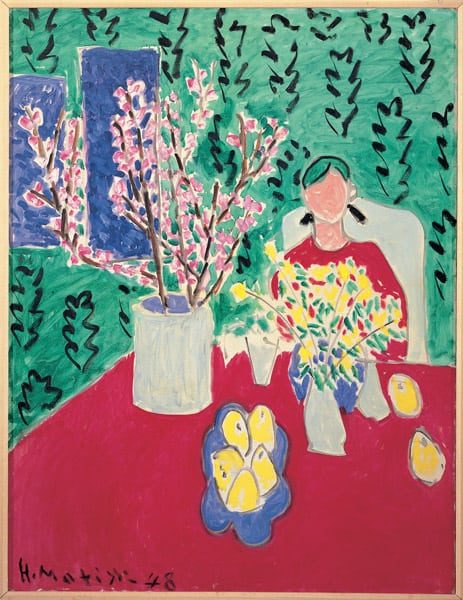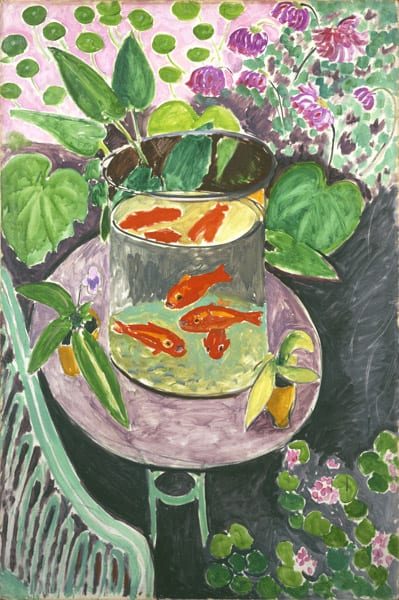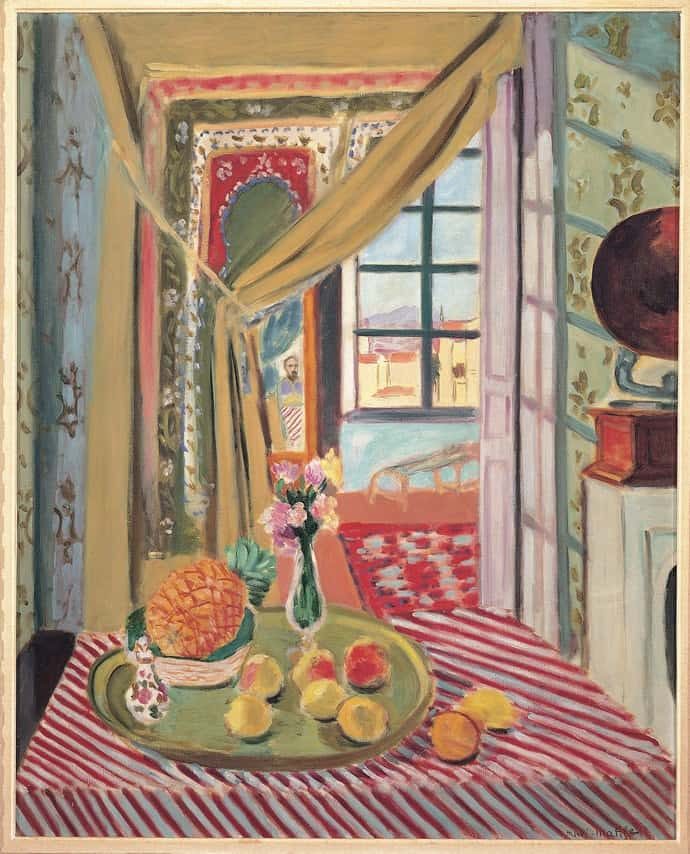From March 6th, the Scuderie del Quirinale will display Matisse’s joy of the East, the Arabesque exhibit. Fauvist, Orientalist, decorative artist, primitivist, sculptor and pioneer of the paper cut out, Matisse reformed the ideas of Modern Art. Color became an expression, no longer used to describe, and his reduction of the human form shocked and challenged previous representations. Matisse, who produced art from 1904 until he died in 1954, consistently confronted the art-viewing public, yet remained a constant inspiration for artists throughout his life and continues to inspire today.

Torino, Pinacoteca Giovanni e Marella Agnelli
Arabesque is a collection consisting of over 100 works (many on loan from more than nine of the largest art museums of the world) that offers Rome its first viewing of Matisse in his element. One of the main exponents of the rich, warm and heady feel of the Orient, Matisse felt such an attraction and affinity with this exotic land, that he created many works indulging in the theme. The French artist began his exploration of the East in search for something new and honest, by visiting Algiers in 1906. He found it in the explosion of color, texture and especially the weaving and ceramics, which are all featured heavily in his works.
Matisse was not afraid to create decorative, aesthetically pleasing paintings, and particularly enjoyed moving away from any kind of western influence in his art. The vitality of Morocco, the Orient, Africa and Russia are strikingly blended by Matisse for an assault of a magnetic, colorful, yet relaxing order. His various visits to exhibitions and museums throughout Europe which displayed Muslim art helped to develop this fascination, and his interpretation of the new avant-garde of Cezanne and Picasso focused his eye.

I pesci rossi, 1911
Mosca, The State Puškin Museum of Fine Arts
In Arabesque Matisse’s main subject is the interior, in which he depicts exceptional detail, warmth and comfort: a combination of these distant, exciting cultures. Each work reveals an immense study of texture and pattern, a reflection of the ingredients in textile weaving so important to Oriental arts. It’s as if Matisse were trying to share as many of the details that brought him joy with the viewer. The works do contain a slightly Impressionistic quality to them; the artist was clearly so inspired he worked in an almost frenzied fashion to illustrate light, color, abandoning form for feeling.
Arabesque is a whirlwind visit to not just another place, but another time. His accidental promotion of Eastern culture created a shift in the perception of beauty as well as art, and affected design down to a civil level. The works created by Matisse in the early 20th century have often been heralded as his most inspiring; Arabesque is a joyful summary of incredible output from a 20th century master.

Angolo di tavola (violette), 1903 ca.
New York, The Metropolitan Museum of Art.
Til 21 June 2015
Scuderie del Quirinale
Via XXIV Maggio, 16
Sun-Thurs 10 am-8pm / Fri & Sat 10am-10.30pm
Entry Fee: €9.5 – €12






